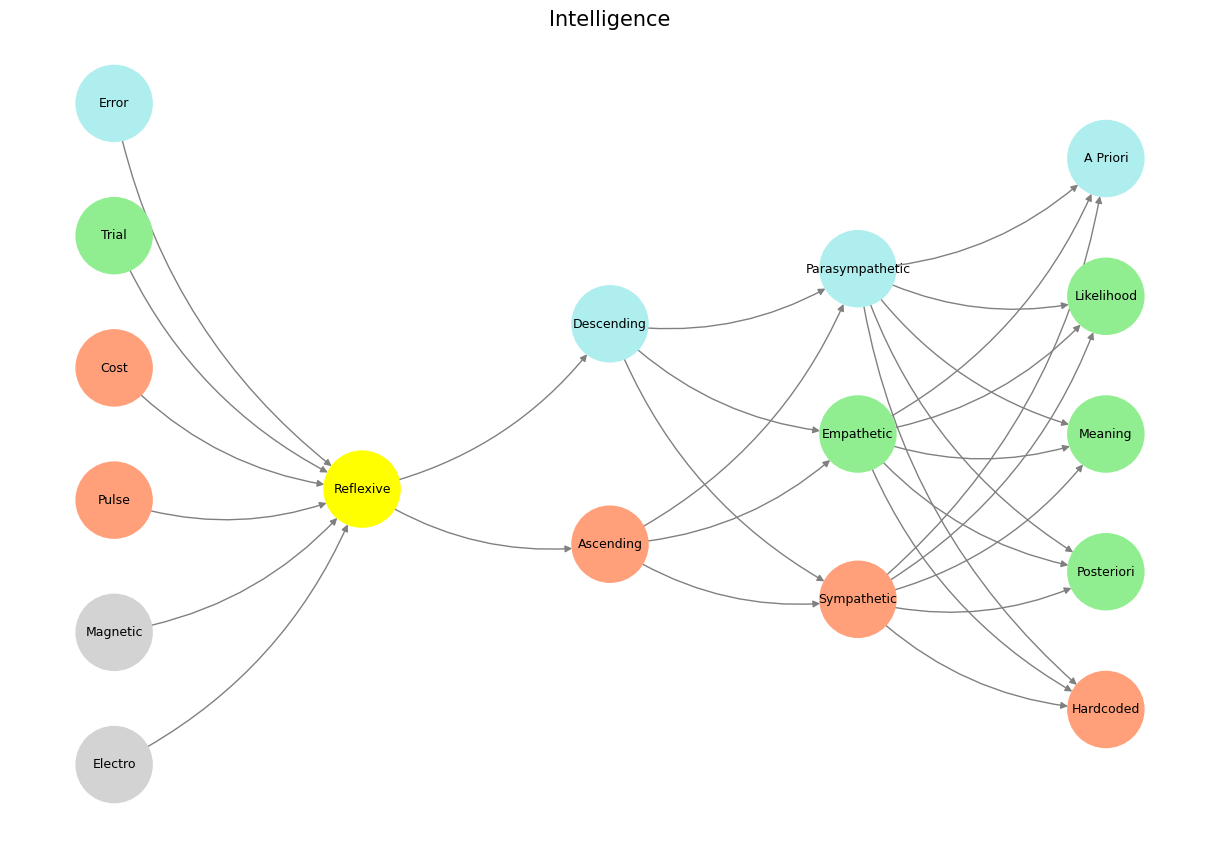Life ⚓️#
The Unhomed Poet: Why Great Poets Are Never Family Men#
A great poet cannot be a family man. This assertion is not merely an observation of history but a logical consequence of what it means to be a poet in the first place. The poet is not rooted in the domestic but in the wild, the itinerant, the eternally searching. He does not dwell in the known but in the ever-unfolding, stepping beyond the walls of hearth and home into the vast world of conflict, ambition, exile, and return. Family life, by contrast, is the realm of the settled, the routine, the predictable—everything that poetry is not.
To be a great poet, one must be never at home. Homer, Shakespeare, Joyce, and Wilde all exemplify this. When the poet writes of home, it is only as an abstraction, a longing, or a place he is absent from. Home is the Ithaca that Odysseus spends twenty years away from, the Denmark that Hamlet cannot find his place within, the family Lear loses, the wife Macbeth sacrifices, and the house that Falstaff never has.

Fig. 4 Strategic Ambiguity. The Red Queen presents rather fascinating scenarios to us.#
The Poet’s Itinerancy in Shakespeare#
Shakespeare, the supreme poet of the English language, knew this well. His greatest figures are always away from home—physically, emotionally, or spiritually. Let us examine three of his most powerful works: Hamlet, Macbeth, and King Lear, all of which confirm that the poet-figure and the family man are irreconcilable.
Hamlet: The Prince Who Cannot Dwell#
Hamlet is a man unhomed, even in Elsinore. The castle is his prison, Denmark his purgatory, and his father’s death the fissure that severs him from whatever meaning home might have held. His mother, Gertrude, has become something foreign; his uncle is an intruder; Ophelia, his would-be wife, is a ghost of a possibility rather than an anchor to domestic life. He speaks of home in the form of memory, but he never inhabits it. His mind is elsewhere—always elsewhere. He longs for meaning beyond Elsinore’s walls, but there is none. Home has failed him, and so he must roam the corridors of his own mind, his own doubts, his own existential torment.
Would a man who wrote Hamlet have known family life? Hardly. Shakespeare, like Hamlet, is everywhere but home—Venice, Verona, Rome, Bohemia, Egypt, and Denmark. Even his English plays rarely depict domestic comfort. Instead, they show war, exile, rebellion, or intrigue. The poet lives in these spaces, not in the kitchen or the nursery.
Macbeth: The Tragedy of Domestic Ambition#
Macbeth is perhaps the closest we get to the poet-family man, but his attempt to be both is his undoing. At the play’s beginning, Macbeth and Lady Macbeth form a partnership that seems almost domestic in its shared ambition. But this is a family that operates on an entirely different logic—one of murder, secrecy, and vaulting ambition. When Macbeth kills Duncan, he does so within the domestic space of sleep, of hospitality, of the very chamber that should have represented home.
The Macbeths’ tragedy is that they try to seize the throne as if it were a household, a dynastic project. But power and poetry, like ambition and family, do not mix. Macbeth cannot be both warrior-king and husband, just as a poet cannot be both bard and domestic father. By the end, he is utterly alone, home shattered, wife dead, the castle an empty shell. He has become what he must: a wanderer in his own soul, completely unmoored.
Would Shakespeare, who wrote Macbeth, have found fulfillment in Stratford? No. He left his wife and children to be in the world of London’s stage, writing of ambition and betrayal, not of quiet evenings by the fire.
King Lear: The Unmaking of Family#
King Lear is the ultimate argument against the poet as a family man. If family life were fulfilling, Lear would have remained content in his castle, surrounded by his daughters. But that is not the story. Instead, Lear’s tragedy is precisely that he seeks meaning in family, only to find it an illusion. The daughters he loves betray him; the kingdom he divides shatters him; the home he relinquishes leaves him wandering mad in a storm.
The poet understands this all too well: family is not the warm hearth, but the edge of chaos. Lear becomes unhomed—from king to outcast, from father to fool. Shakespeare’s insight here is devastating: home is a fragile construct, and the great poet’s work is to expose its illusions.
Would a poet who wrote King Lear be content in Stratford-upon-Avon? Never. Family is a fiction, or at best, a fleeting stability. The poet knows only the storm.
Falstaff: The Poet’s Truest Creation#
Perhaps Shakespeare’s greatest embodiment of the poet’s spirit is Falstaff. Falstaff has no home, no family, no legacy. He thrives in taverns, in wit, in laughter, in excess. He is always elsewhere. And yet, in his own way, he is freer than the kings and princes who try to shape the world.
As Joyce, through Stephen Dedalus, puts it in Ulysses:
“I feel that the fat knight is his supreme creation.”
Why? Because Falstaff is untethered. He exists in the liminal space of revelry and exile, neither king nor commoner, neither hero nor villain. He is the poet unbound—never at home, never beholden to family.
The Poet and the Network of God#
Returning to our earlier neural network analogy, the poet is a node that refuses to be weighted down by family life. Family, in a network, is a cluster of tightly connected nodes, reinforcing one another. The poet exists at the edges, connected not to the domestic but to the vast, sprawling totality of experience.
If God is the network, then the poet is its wandering signal, moving between nodes, never resting. This is why Matthew 25:40 resonates with the poet:
“What you did to the least of these, you did unto me.”
The poet does not write for the stable and settled; he writes for the exiled, the forgotten, the overlooked—the least of these. He is closer to God not through home, but through his distance from it.
Conclusion: The Poet Cannot Dwell#
History proves it. The poets who matter are never family men. Their work is too vast for the domestic. Family life demands repetition; poetry demands invention. The poet must be itinerant, always in motion, never at rest. He may dream of home, but he will never stay there.
To be a great poet is to be never at home.



